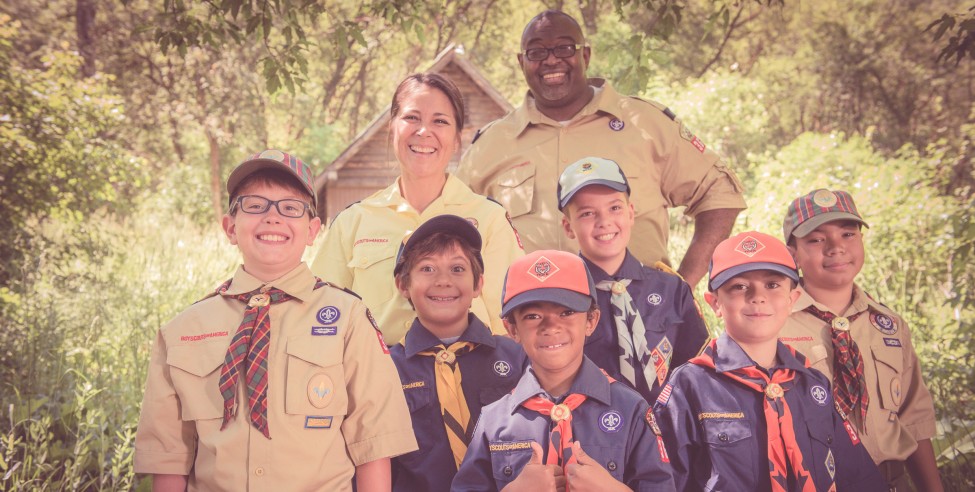
A Culture of Youth Protection: Barriers that Make Sense Inside and Outside of Scouting
Over the years, the BSA has been a leader in the development of policies to prevent predators from having access to children in Scouting. They are called the BSA’s Barriers to Abuse and they are designed for the safety of youth members— and adult program leaders.
They are called barriers, because the first thing people who want to hurt kids need is access. One of the goals of these barriers is to take away the access—and the secrecy—that predators seek, creating a culture where all are aware and youth protection and safety are always top of mind.
Policies such as no one-on-one contact between adults and youth members, the buddy system, and respecting the privacy of youth deny perpetrators the opportunity to be alone with a child.
And it’s not just about in-person contact. Increasingly, perpetrators seek to engage youth online. The policies of two-deep leadership and no one-on-one contact between adults and youth members also apply to digital communication. Under the BSA’s Barrier to Abuse, leaders may not have one-on-one private online communications or engage one-on-one in other digital activities (games, social media, etc.) with youth members. Leaders must copy a parent and/or another leader in digital and online communication, ensuring no one-on-one contact takes place in text, social media, or other forms of online or digital communication. Inappropriate use of smart phones, cameras, imaging, or digital devices is also prohibited.
Reporting
People commonly ask about reporting— when they should report and what to do if they are unsure about something they’ve seen.
Some people may be hesitant to report because they fear they might be mistaken about what they have witnessed and may be worried they’ll get someone in trouble who is innocent. It’s understandable to feel that way, but the reality is that the person who sees something may be the only person who can stop or prevent abuse.
There are cases when someone suspected something, but they weren’t sure of what they saw. It’s always better to err on the side of caution (and the child) in these scenarios, because one incident could be just a piece of a much larger puzzle.
BSA has a Mandatory Reporter of Child Abuse policy, effectively making all members of BSA mandatory reporters of child abuse, regardless of whether state law deems BSA a mandatory reporter, as an organization.
Additionally, all states allow immunity from criminal and civil liability for good-faith reporting of suspected abuse, even if it is later determined to be unfounded. Failing to report suspected child abuse is even considered a criminal or civil law violation in some states.
If you ever have questions, you can always call your council Scout executive or the SCOUTS FIRST Helpline at 844-726-8871. This helpline is monitored around the clock by trained staff ready to answer any questions you may have about youth protection. Additionally, you can connect via email contact address scouts1st@scouting.org.
To find out more about the BSA’s Barriers to Abuse, visit www.scouting.org/youthprotection. For a closer look at the ways BSA helps provide a safe and secure environment for our youth members, please see this BSA Layers of Protection infographic.



